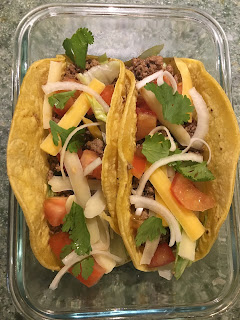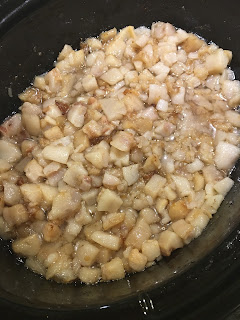Arnica Salve for Bruising and Muscle Pain
Thankfully, I recently made a batch of Arnica Salve. Not more than a few days after I made the salve, I took a hard fall while stepping through the front door of my house with my arms full of heavy bags. My right knee and left elbow took the brunt of the tumble. I limped into the bathroom to inspect the damage, and my elbow and knee were already swelling and turning purple. (My left hip had some bruising too, but wasn't nearly as painful. Small graces!)
I gently but thoroughly rubbed on the salve, and kept this regimen up about four times a day for a week. Not only did it help with the bruising, but I felt as though it took some of the pain away for a time after each application.
Was I ever glad that I had this salve in my arsenal! And it's easy for you to do the same. Here's how I made it:
Arnica Salve
1 cup olive or coconut oil (I used a combination)enough dried arnica flowers to completely infuse the oil
1/4 cup beeswax pellets (sometimes called pastilles)
essential oil of your choice (optional)
2 wide-mouth half-pint canning jars or other suitable containers, sanitized
2 lids for the half-pint jars (I use the plastic storage lids that Ball sells.)
If you have a double boiler, you're in luck--use that for this next part. But if you don't, do what I do. I use a smallish Pyrex mixing bowl that, when set on another saucepot, fits snugly with plenty of room underneath so I can add water. Voila! A DIY double boiler.
To the Pyrex mixing bowl, add the oil and arnica flowers, making sure that the oil is pretty much filled with the arnica. I imagine that if you use a half-cup, that would be plenty, but I usually use more. (This is based on my notion that the more arnica, the stronger the oil will be, but I have no idea if that's correct. Yet, it pleases me, so I do it.)
Turn on the heat to about medium-low. You don't want to boil the oil, but rather, get it barely hot. Let the oil/arnica mixture sit there for about 45 minutes, stirring gently every so often, and turning the heat up or down as needed. Remember! Never let the oil mixture come to a boil.
Take the oil off of the heat and strain out the arnica using several layers of cheesecloth or a flour sack-type kitchen towel so all the bits are caught. Pour the strained oil back into the Pyrex mixing bowl or double boiler, add the beeswax, and on low heat, stir until the beeswax is melted. (This won't take long because the oil is already hot.)Once the beeswax is melted, add essential oil if using (I love lavender), stir it in, and then pour the salve into the prepared jars. Keep the lids off the jars until the salve has cooled and set up. Screw on the lids and store the salve in the bathroom, a cupboard, or even the fridge if your house is hot (like during a heat wave in summer and you don't have air conditioning).
Following are some handy links for online purchase of supplies:
Organic dried flowers, herbs, and much, much more at Mountain Rose Herbs.
Beeswax, essential oils, and lots more at Glory Bee
Canning jars and plastic lids can be found at Ball/Kerr canning supplies.
And then, of course, there's always Amazon.
Making your own salves and ointments is easy and so, so satisfying. I hope you try some today!
Blessings to you and yours,
Georgia, plain and simple



























